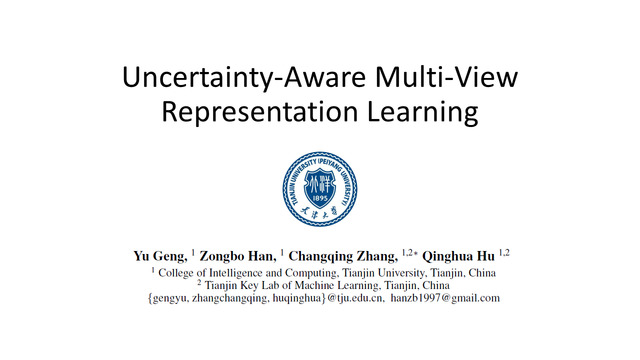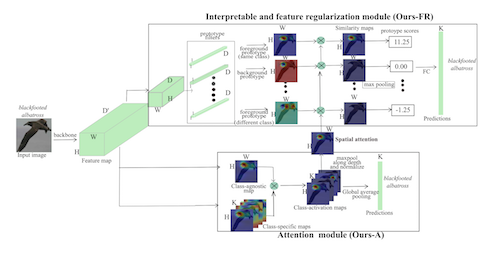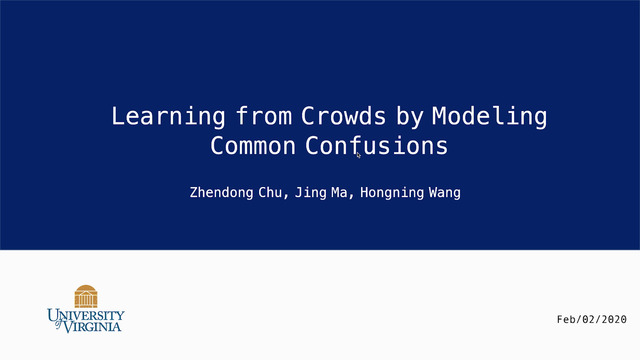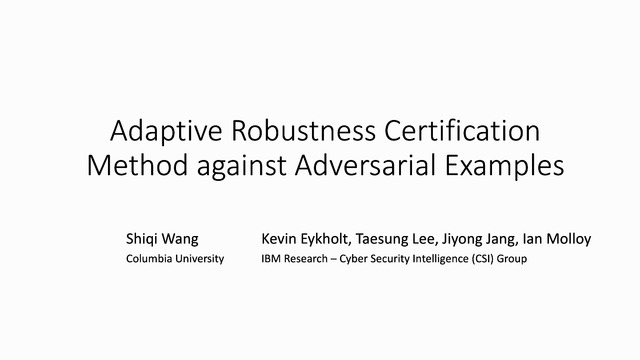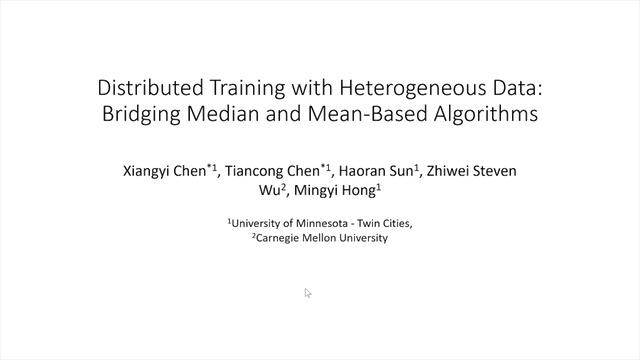Abstract:
An intriguing property of adversarial examples is their transferability, which suggests that black-box attacks are feasible in real-world applications. Previous works mostly study the transferability on non-targeted setting. However, recent studies show that targeted adversarial examples are more difficult to transfer than non-targeted ones. In this paper, we find there exist two defects that lead to the difficulty in generating transferable examples. First, the magnitude of gradient is decreasing during iterative attack, causing excessive consistency between two successive noises in accumulation of momentum, which is termed as noise curing. Second, it is not enough for targeted adversarial examples to just get close to target class without moving away from true class. To overcome the above problems, we propose a novel targeted attack approach to effectively generate more transferable adversarial examples. Specifically, we first introduce the Poincar\'{e} distance as the similarity metric to make the magnitude of gradient self-adaptive during iterative attack to alleviate noise curing. Furthermore, we regularize the targeted attack process with metric learning to take adversarial examples away from true label and gain more transferable targeted adversarial examples. Experiments on ImageNet validate the superiority of our approach achieving 8\% higher attack success rate over other state-of-the-art methods on average in black-box targeted attack.













